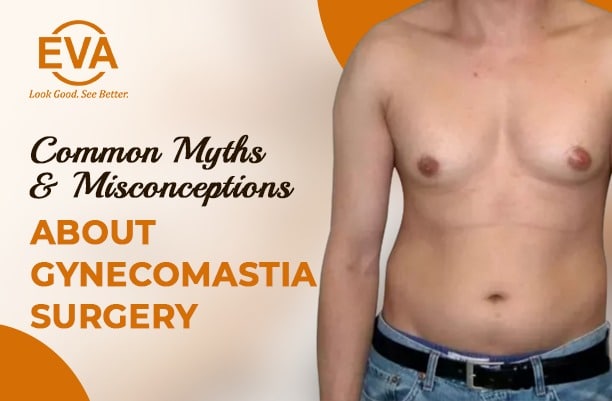The body frequently uses scars as a natural healing mechanism following surgery, an injury, or a skin condition. Although scars can take many different forms, keloids and hypertrophic scars are two common types that frequently lead to confusion. Despite their apparent similarity, they differ in terms of how they are formed, look, and are treated.
Keloids:
Overgrowths of scar tissue that extend beyond the original injury area are known as keloids. They appear as a result of the body overproducing collagen production while it heals. The scar grows and swells as a result of this extra collagen, frequently outgrowing the original wound. Keloids usually appear shiny, smooth, and firm, but they can vary in size, shape, and color. They can make people uncomfortable because they are itchy, tender, or even painful. The capacity of keloids to spread outside the original wound’s borders is one of their main traits. They can grow for years after the initial injury and begin to develop months later. Areas with little to no fatty tissue, like the chest, shoulders, earlobes, and upper back, are frequently affected by keloids.
Hypertrophic Scars:
Like keloids, hypertrophic scars are caused by an excess of collagen produced during the healing process. Hypertrophic scars, on the other hand, stay contained within the original wound area, in contrast to keloids. They feel thick and lumpy, are raised, and are either red or pink. After an injury, hypertrophic scars typically appear a few weeks later and may eventually decrease and become less noticeable. In contrast to keloids, hypertrophic scars usually do not continue to grow and usually get better over time, though it may take several months or years. They frequently appear in the chest, shoulders, and upper back, places where skin tension is higher.
Distinguishing Factors:
- Growth Pattern: The principal distinction between hypertrophic scars and keloids is the extent of their growth. Hypertrophic scars stay inside the wound area, but keloids grow outside of the original wound’s bounds.
- Time of Development: Hypertrophic scars usually appear within weeks, while keloids can develop months after the initial injury.
- Progression: Hypertrophic scars may eventually decline and become less noticeable, whereas keloids typically grow gradually and can continue to enlarge over time.
- Tendency to Recur: After treatment, keloids are more likely to occur again than hypertrophic scars.
Treatment Option:
- The goals of treating hypertrophic scars and keloids are to lessen their appearance, ease discomfort or itching, and stop them from coming back. Options for treatment include:
- Steroid Injections: To lessen inflammation and smooth the scar, steroids are frequently injected straight into the scar tissue.
- Surgical Excision: Hypertrophic scars and keloids can be surgically removed, but there is a chance that they will return and often require further care.
- Pressure Therapy: Using silicone gel sheets or pressure dressings can help the scars become less noticeable over time.
- Laser Therapy: Redness can be effectively reduced and raised scars can be flattened with laser treatments.
- Cryotherapy: The size and thickness of hypertrophic scars can be decreased by freezing the scar tissue with liquid nitrogen.
- Radiotherapy: In order to stop keloid recurrence following surgical removal, radiotherapy is occasionally used.
Conclusion:
While sharing certain characteristics, keloids and hypertrophic scars differ greatly in terms of growth patterns, development times, and regressive tendencies. Understanding these differences is essential for accurate diagnosis and choosing the best course of action for treatment. The best course of action for managing these kinds of scars must be determined by consulting the best plastic surgeon in Delhi.



